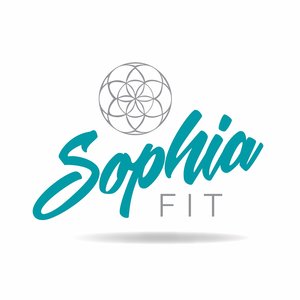Are you finding that you are eating breakfast, ensuring you have balanced meals and snacks throughout the day but you are still hit with mid-afternoon munchies and late night cravings??
Well, I can give you some insight into why this happens! Protein rich foods take longer to leave the stomach, therefore keeping you fuller for longer! Protein also keeps your blood sugar level steady, which prevents the sudden spikes in hunger that occur after dramatic drops in blood sugar. And since the body requires more energy to digest the nutrient compared to fats or carbohydrates you will burn more calories! Yes eating protein with each meal may help you stay full protein it is particularly important at breakfast!
Yes making protein the focus of your morning meal can take more time than slathering nut butter on toast or microwaving oatmeal but trust me it it is worth the effort! Planning is key to ensure that lack of time doesn’t become the reason behind you falling back into old patterns. You can easily overcome this by making up extra beans, vegetables or hard boiled eggs early in the week so that you have foods ready to go when you are pressed for time.
A few ways to help you transition to a high protein breakfast include…
Keep the smoothie, but decrease the fruit and any sweeteners. Add nut butter, low-fat cottage cheese or almond meal to increase the protein.
Eat more eggs. Why not bulk up the protein and the serving size by adding in some egg whites.
Add beans. Whether it be black, pinto or chickpeas – beans add both lean protein and fiber. Add vegetables. Replace your grain-based complex carbs like toast and bagels with sautéed spinach, roasted cauliflower or stir-fried peppers and onions. Try adding a handful of spinach or other leafy greens to your morning smoothie!
- Eat dinner for breakfast. Lean meats like fish or chicken are just as good when eaten in the morning. Serve them up in an omelet or create a brekky salad!
Here are a few protein packed breakfast ideas to help you kick start your day right!
Berry Quinoa Parfait
1/3 cup of quinoa
¾ cup of plain low fat greek yogurt
¼ cup of blueberries ( or raspberries/blackberries/strawberries)
Handful of walnuts
Teaspoon of cinnamon
Teaspoon of pure vanilla exact
Combine 1/3 cup cooked quinoa, 3/4 cup plain low-fat Greek yogurt, pure vanilla extract and teaspoon of cinnamon. Using 1/4 cup blueberries and walnuts, create layers of the quinoa/yogurt mixture, blueberries and nuts in a glass.
Mushroom & Tomato Omelette
2 Eggs
½ cup of sliced mushrooms
½ tomato, chopped
½ cup of spinach
Combine eggs and beat lightly. Using a cooking spray, cook eggs in non-stick pan. Add mushrooms, tomatoes and spinach in the center of omelet. Cook until eggs are set and fold over.
Paleo Brekky Bowl
2 fresh eggs
2 ounces wild smoked salmon (roughly 2 thin slices)
1/2 cup rocket
1/4 avocado, diced
Squeeze of fresh lemon
Pinch of freshly ground pepper
Heat a teaspoon of coconut oil over medium heat and swirl around in a nonstick pan. Slowly put 2 (unscrambled) eggs into the pan and cook until done, about 6 minutes. While your eggs are cooking, assemble your arugula, avocado, and smoked salmon in a shallow bowl. Squeeze lemon juice over everything, and sprinkle with pepper. Once your eggs are fully cooked, slide them into your bowl, and Enjoy!







